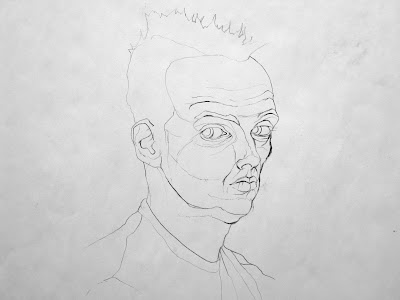Gustave Dore: Leading The Eye With Light
How does one lead the viewer's eye around a composition? If visual grammar is used effectively we impact where the viewer looks first, second, third, and so on. Notice how Dore achieves visual dominance (the ability to allow some area of a composition to catch our attention first) through a play of light and dark. Typically he achieves this through areas of highest contrast. Our eye often jumps to that high impact area first then we leap to the area with the second greatest visual contrast (sometimes this is a contrast in scale, or texture/pattern, etc.). But Dore is a master because of the games that he plays that often lead us to a tertiary area as well. The engravings on this post are all from Milton's Paradise Lost. But feel free to browse this preview of some of the many other book illustrations he completed. He made paintings as well but it is his engravings that, to me, are the most striking and impressive.
"Gustave Doré was born in Strasbourg on 6 January 1832. By age five, he was a prodigy troublemaker, playing pranks that were mature beyond his years. Seven years later, he began carving in cement. At the age of fifteen Doré began his career working as a caricaturist for the French paper Le Journal pour rire, and subsequently went on to win commissions to depict scenes from books by Rabelais, Balzac, Milton and Dante." (source)


.jpg)


.jpg)
.jpg)
.jpg)


.jpg)





%20-drawing_detail1494.jpg)
Comments